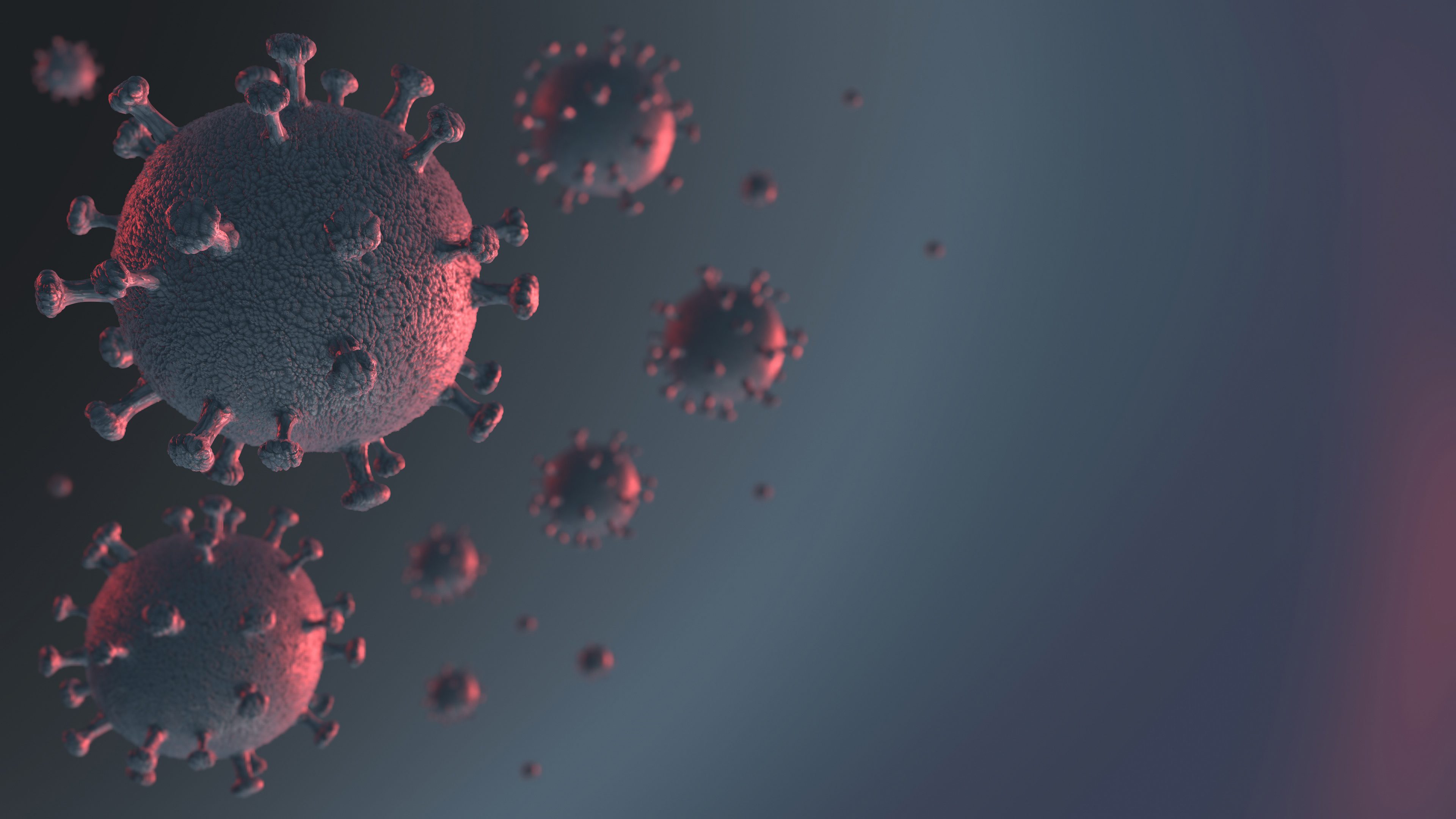Despite internet rumors to the contrary, the new coronavirus arose from natural causes and was not concocted in a lab, according to scientists who conducted a detailed genomic examination of the virus.
SARS-CoV-2, the virus that causes COVID-19 illness, shows zero evidence of being artificially engineered, reported a team who published their findings March 17 in Nature Medicine.
“By comparing the available genome sequence data for known coronavirus strains, we can firmly determine that SARS-CoV-2 originated through natural processes,” study co-author Kristian Andersen, an associate professor of immunology and microbiology at Scripps Research, said in an institute news release.
The research was a collaborative, international effort: Andersen was joined by scientists from Columbia University in New York City, the University of Sydney in Australia, and Tulane University in New Orleans.
As of Tuesday, the World Health Organization reports almost 185,000 known cases of COVID-19 worldwide, including 7,529 deaths.
As the pandemic spreads, rumors of nefarious plots of scientists creating SARS-CoV-2 in a lab have proliferated.
But Andersen’s team believes their investigation proves otherwise. They pointed out that coronaviruses have long existed, causing illnesses of varying severity.
The first severe coronavirus-linked illness — severe acute respiratory syndrome (SARS) — emerged in China in 2003, while another — Middle East respiratory syndrome (MERS) — arose in Saudi Arabia in 2012.
While both of those epidemics died out, COVID-19 continues to spread worldwide. Early on in the pandemic, Chinese scientists mapped the genome of SARS-CoV-2 and made that data freely available to scientists worldwide.
Using that genome map, Andersen and colleagues examined the genetic template for proteins on the outside of the virus, called spike proteins. SARS-CoV-2 uses these proteins to latch onto the host cell.
Digging deeper, the researchers looked at the evolution of key components of the spike protein.
One component, called the receptor-binding domain (RBD), is a kind of “grappling hook” that SARS-CoV-2 uses to grip human cells. The RBD of the new virus is incredibly effective at binding to the cell — so effective, in fact, that the scientists believe it could only have evolved through natural selection.
Another piece of evidence supporting a natural origin for the virus comes from what the researchers called the “backbone” of SARS-CoV-2 — its basic molecular structure.
The team reasoned that if scientists were going to synthetically create a new virus in a lab, they’d need to borrow its molecular underpinnings from a virus already known to make people sick.
But the molecular backbone of SARS-CoV-2 bears no resemblance to any known coronavirus that already infects humans. Instead, it closely resembles coronaviruses found in bats and armadillo-like mammals called pangolins — adding weight to the theory that the new virus made a recent jump in China from animals to people.
“These two features of the virus, the mutations in the RBD portion of the spike protein and its distinct backbone, rules out laboratory manipulation as a potential origin for SARS-CoV-2,” Andersen said.
Josie Golding directs epidemics research at the U.K.-based Wellcome Trust. Commenting on the new findings, she said they are “crucially important to bring an evidence-based view to the rumors that have been circulating about the origins of the virus (SARS-CoV-2) causing COVID-19.”
The researchers “conclude that the virus is the product of natural evolution, ending any speculation about deliberate genetic engineering,” Golding added in the news release.
So how did the virus now sweeping the globe emerge?
According to Andersen’s team, like SARS and MERS, SARS-CoV-2 probably evolved in another animal and mutated along the way to make the jump into people.
The virus is extremely similar to coronaviruses observed in bats, but probably moved into another mammalian host (for example, pangolins), before moving to humans.
The genetic key, according to the scientists, would have been an evolutionary modification in the RBD cellular “hook” while the virus was still in another species. Once that happened, SARS-CoV-2 became instantly infectious once it jumped to infect people.
However, in another scenario, the evolution of the illness-triggering RBD mechanism may have occurred only after SARS-CoV-2 infected humans.
These first infections — perhaps jumping from a pangolin to people — would have gone undetected because at this stage the virus did not trigger illness. Only later did the virus evolve to become capable of causing COVID-19, the researchers theorized.
Right now, it’s tough to confirm which of the two scenarios is the correct one, Andersen’s team said. But if the first example is true — a virus that’s ready to cause disease making the leap from animals to people — then it’s possible that future outbreaks, involving new strains of coronavirus, might still be ahead, the scientists warn.
More information
The U.S. Centers for Disease Control and Prevention has more on the new coronavirus.
Surce: HealthDay


